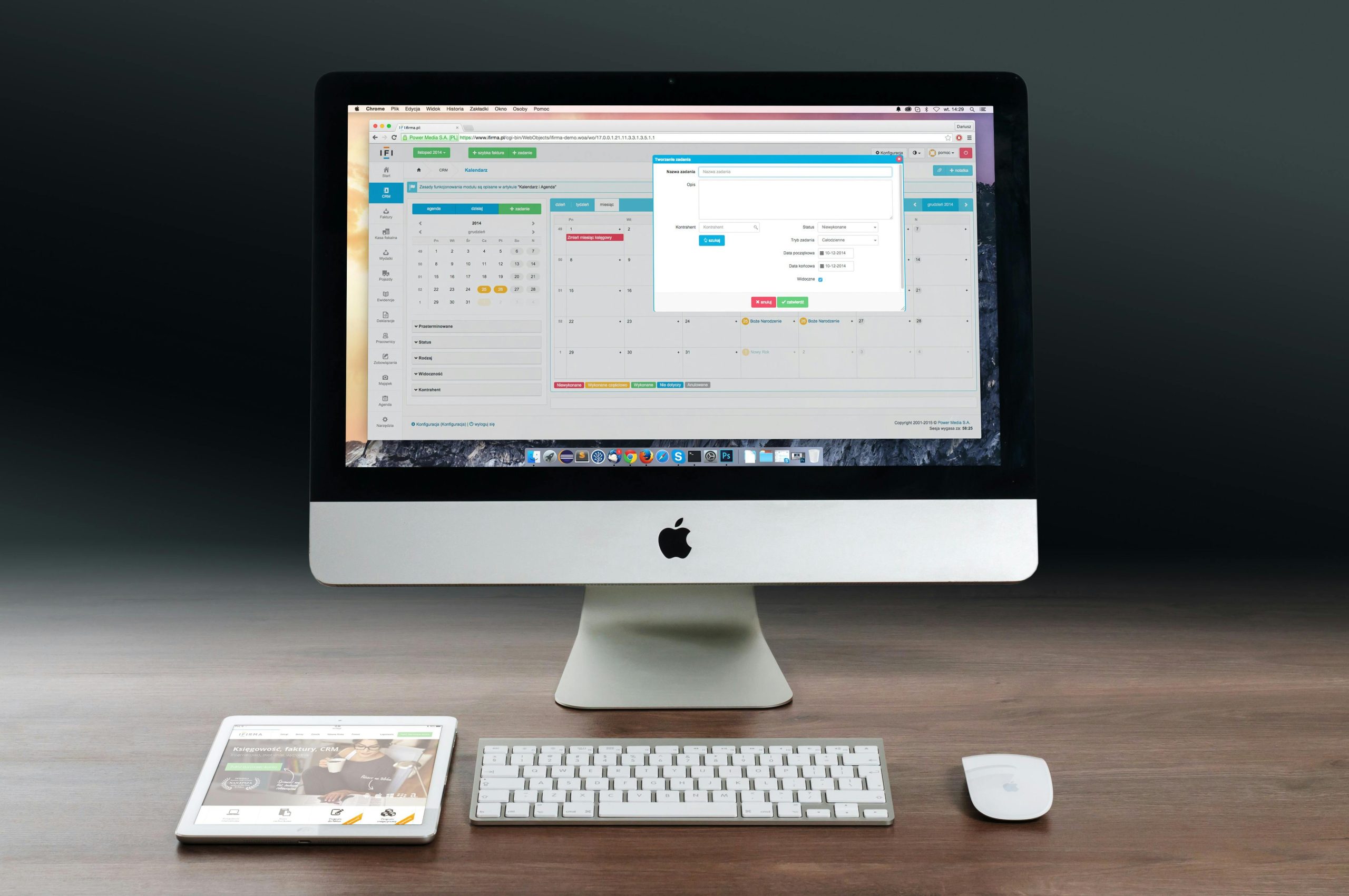Choosing the right PLM software transforms how your business manages product development from concept through retirement. Effective solutions integrate data, streamline workflows, and enable real-time insights, boosting efficiency and reducing costs. Understanding these capabilities helps you select a system that not only fits your current needs but also supports innovation and sustainability in an evolving market.
Fulfilling Search Intent: What is PLM Software and How Does it Transform Product Development?
PLM, or product lifecycle management, refers to the strategic oversight of a product’s journey from the first idea through design, development, production, and ultimately to retirement or recycling. Discover the full content. PLM software acts as the backbone of this process, integrating data, processes, business systems, and people in an extended enterprise. This platform ensures that everyone (engineers, designers, manufacturers, and supply chain partners) has reliable, up-to-date access to product information at every stage.
This might interest you : How Will Artificial Intelligence Transform UK Computing?
A modern PLM solution typically features collaborative product development tools, centralized data management, robust change management workflows, and seamless integration with other enterprise systems such as ERP or computer-aided design (CAD) tools. These features allow organizations to manage everything from bills of materials and engineering drawings, to materials compliance and workflow automation, supporting both digital and physical product creation.
The tangible benefits for businesses are substantial. By unifying workflows and data, PLM software helps reduce engineering errors, standardize processes, and ensure regulatory compliance. This leads to enhanced product quality, faster time-to-market, and improved operational efficiency outcomes essential for any company facing the demands of globalized, fast-paced markets.
In the same genre : How Will Artificial Intelligence Transform UK Computing?
Key Functionalities and Technologies in Modern PLM Solutions
Precision and recall in PLM software features are demonstrated by cloud-based lifecycle management, which enables global teams to access product data management systems from any location. This accessibility ensures that engineering collaboration tools are always up to date, fostering real-time communication and reducing process delays across product development.
Cloud-based lifecycle management supports dynamic scaling for businesses of all sizes, providing scalable PLM architectures and workflow management. Integration with CAD, ERP, and supply chain systems centralizes digital product development, ensuring product data management systems synchronize updates and maintain data integrity through robust PLM document management.
PLM software features such as digital twin capabilities, IoT connectivity, and real-time analytics offer data-driven insights that enhance lifecycle process optimization. Engineering collaboration tools and PLM workflow management automate decision-making, linking change request management and document version control for full traceability.
The fusion of AI with PLM delivers predictive maintenance, accurate forecasting, and streamlined PLM document management throughout digital product development. These advances in product data management systems and PLM software features help organizations identify inefficiencies, mitigate risks, and achieve compliance objectives, positioning them for agile innovation.
PLM Industry Leaders, Use Cases, and Solution Comparisons
PLM software market leaders Siemens Digital Industries Software, PTC, Dassault Systèmes, Autodesk, SAP, and Oracle dominate enterprise digital product development. Siemens Digital Industries Software is widely recognized for its comprehensive Teamcenter solutions and robust Siemens NX integration with PLM, making it highly suitable for sectors like automotive, aerospace, and discrete manufacturing. PTC stands out with Windchill capabilities, offering flexible deployment and deep manufacturing process integration—supporting both startups and global enterprises.
Dassault Systèmes lifecycle tools shine in complex collaborative environments, widely adopted across aerospace and medical device manufacturing. In fashion and apparel, PLM for fashion and apparel emphasizes rapid prototyping and detailed supply chain traceability. SAP PLM modules and features are valued in retail and consumer goods, with seamless ERP connectivity and integrated product data analytics.
Industry-specific PLM software examples show strong adaptation: Windchill capabilities power connected medical device compliance, while Teamcenter solutions support end-to-end automotive design. Key evaluation points in PLM software comparison and reviews are scalability, security, integration with CAD systems, and user-centric workflow management—ensuring engineering collaboration tools remain adaptable and future-proof.
Considerations, Challenges, and Future Directions in Choosing PLM Software
Evaluating PLM software cost considerations starts with the analysis of licensing models and total cost of ownership. Businesses should weigh options such as subscription-based SaaS versus traditional on-premises licenses when planning long-term. Cloud-based PLM often reduces upfront expenses and speeds deployment, making it especially appealing for small and mid-sized enterprises aiming for straightforward PLM deployment strategies.
PLM for small businesses demands careful attention to scalability since future growth may require enhanced capabilities. Implementing a new system presents common PLM system implementation challenges, including change management hurdles and user resistance. Addressing these with robust user training minimizes disruption. PLM data security and compliance also come to the forefront: compliance with industry regulations, along with secure access management, is vital for safeguarding intellectual property as deployments grow.
The future of lifecycle management will see increased cloud adoption, AI-driven analytics, and the proliferation of digital twins. These trends enable smarter, data-driven decision-making and continuous improvement. Sustainability integration, green product design, and advanced analytics are shaping the next evolution of product lifecycle cloud platforms, ensuring PLM systems remain adaptive to new environmental, technological, and market demands.




